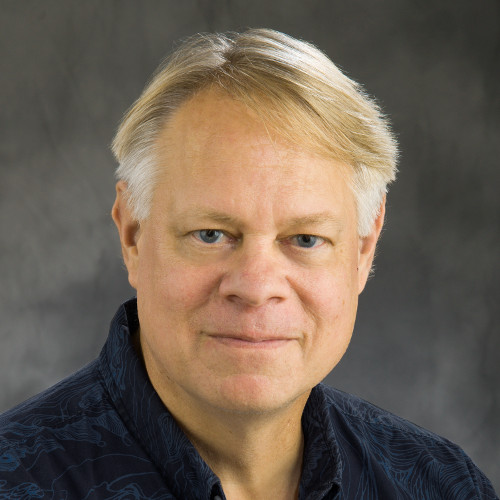
Bill Hammack is a Grainger Distinguished Chair at the University of Illinois — Urbana-Champaign. As an engineer his mission over the last twenty -five years has been to explain engineering to the public. His media work — from his work in public radio to his book to his pioneering use over the last decade of internet-delivered video — has been listened, read, or viewed over seventy million times. In clear, accessible, but technically accurate language, he has excited the next generation of engineers and scientists, and aided the public in appreciating the impact of science and engineering in our society and economy. Make magazine described Bill as a “brilliant science and-technology documentarian” noting that his short films “should be held up as models of how to present complex technical information visually.” Science magazine said “Bill Hammack can rhapsodize over the clever design of a soda can or a Scotch tape dispenser.” Wired called the videos “dazzling.”
All of his videos can be viewed on YouTube, but he is perhaps best known for his video on the aluminum beverage can, which was described by Roman Mars, host of the podcast 99% Invisible, as “for my money the greatest video on YouTube.”
Bill's videos are licensed under creative commons so they can be fully used to serve the public. They have been used by both industrial giants and small firms to train their workforce, in college classrooms to hone budding engineers, in K-12 classroom, and by home schools to excite the next generation of engineers. They have also been used to educate the broader public. For example, a science museum in Wisconsin plays Bill’s video on LCD monitors in an exhibit and the Titanic Museum in Branson, Missouri features his video on the doomed ship. Elsewhere volunteers in Myanmar used the videos to, in their words, "help millions of disadvantaged people leapfrog traditional education," and a US-based non-profit uses the videos to create interest in manufacturing careers and thus close the skills gap in the American manufacturing workforce. One viewer described Bill as an "academic of of the people so to speak." Indeed, the video have appeared on Wikipedia.
He often serves the engineering community: as a consultant to Chicago’s Museum of Science and Industry, as a member of the National Academy of Engineering’s committee exploring the Extraordinary Engineering Impacts on Society for the National Science Foundation, and advises the Dreyfus Foundation on topics for videos.
His work has received national awards from a diverse group of scientific, engineering, and journalistic societies. These are listed below. His speech on accepting the Hoover Medal can be read here.
Bill earned a B.S. in Chemical Engineering at Michigan Technological University, and a M.S. and Ph.D. in Chemical Engineering at the University of Illinois — Urbana-Champaign. He taught at Carnegie Mellon for a decade before returning, in 1998, to the University of Illinois, where he now teaches in the Department of Chemical and Biomolecular Engineering. He lives in Urbana, Illinois with his wife and two sons.